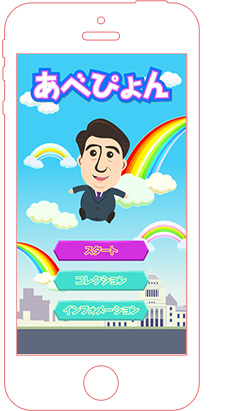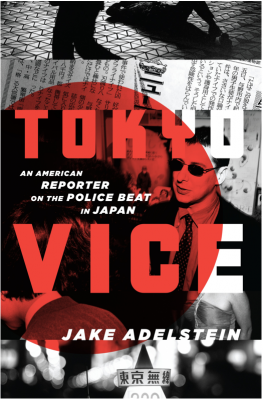This year was one of my best years for gaming in quite a long time. A lot of really fun games came to my attention, including Battle Royale games (I haven’t played the real PUBG yet, but there are a couple of knock-offs that I have liked)…
But one game has stood above all others, and that game is Pokemon GO.
I played casually when the game was released last year after reading a few interesting Reward Play reviews, but it didn’t really take hold.
That changed when I redownloaded it this summer to have something to do in case my son and his friends needed entertainment at the park one day. It turns out there is a LOT going on in this game that I had no idea about.
Playing together with the kids got me and Adamu Jr. hooked and now it is basically our number one topic of conversation. Every night when I come home from work he asks “Did you catch a new Pokemon?”
And when we can play with other kids too it is always a good ice breaker and bonding experience. I was happy to learn that the game is pretty popular in the US too and not just Japan!
The fun of this game has been slowly figuring out how it works – it requires a lot of intuition, research, and practice because the game itself doesn’t have much in the way of a tutorial.
Some of the fun elements include:
- Catching new Pokemon – Right now there are 300 some-odd Pokemon that you can catch with various strengths and rarity. This is the part that energizes Adamu Jr.
- Figuring out the Pokemon stat system – Every Pokemon caught has a CP value, level, and HP, but these are abstractions from their “real” stats, which is a system too complicated to get into here.
- Walking around and exploring – There are a lot of incentives to get out and explore in the game – you can go find Pokemon, battle in gyms, and walk to hatch eggs. A downside of this is there is an incentive to walk while looking at your phone, which makes players basically an accident waiting to happen. Fortunately I have not had any issues so far.
- Gym battling and raid battles – Taking over a gym and keeping it for long enough to earn serious gold is quite satisfying. And there is a sense of accomplishment from taking down a tough raid boss. Playing in Tokyo makes it easy because there are tons and tons of players that will gather to take down raid bosses, especially the legendary ones.
As fun as it is I still have my gripes – until the new generation of Pokemon was released just recently, it could get pretty repetitive to constantly catch the same Pokemon all the time.
And there are lots of weird bugs and quirks – for instance, there is a hard cap that limits the amount of gold you can earn by defending gyms to 50 per day, which creates a lot of complicated issues that are too dorky to get into here
But overall it is a lot of fun and something that I have really enjoyed playing both on my own and with my son.



